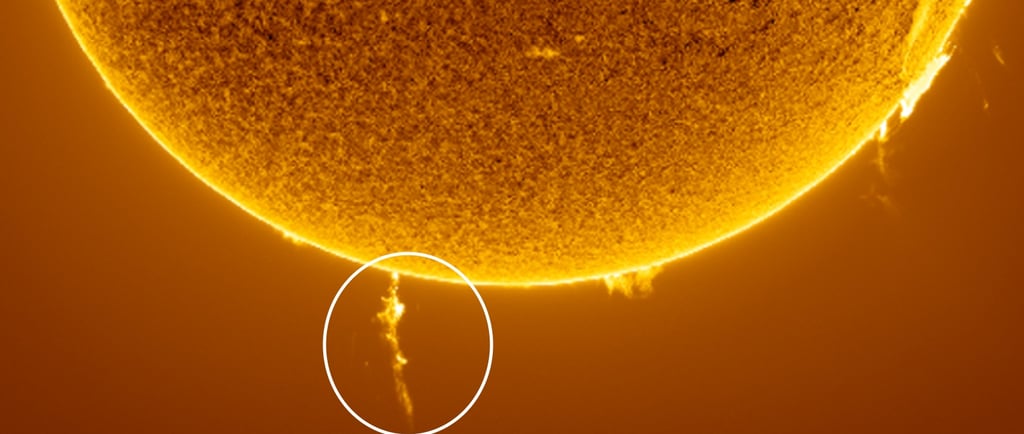Sunspot Regions: The Complexities of Region 4070


Introduction to Sunspots
Sunspots are temporary phenomena on the solar surface that appear as dark spots due to lower temperatures compared to their surrounding areas. These regions are often associated with magnetic activity and can offer insight into the Sun's behavior, including its cycles and the impact on space weather.
Exploring Region 4070
One such interesting area is Region 4070, a sunspot complex that has drawn significant attention from solar scientists. This particular region is characterized by its intricate structure, which is indicative of complex magnetic interactions. As we delve deeper into Region 4070, we recognize its significance as it evolves into a potential trigger for solar activity that could have implications for Earth.
Implications of Solar Activity on Earth
The relationship between solar phenomena and terrestrial effects cannot be understated. As Region 4070 develops, the possibility of solar flares and coronal mass ejections (CMEs) increases, which can lead to geomagnetic storms on Earth. These storms can affect satellite communications, power grids, and even lead to beautiful auroras. Therefore, tracking the evolution of such complex regions is crucial for predicting space weather events that may impact our technology-driven lives.
Conclusion
In summary, sunspot regions like 4070 are not just fascinating features of the sun's surface; they play a critical role in understanding the dynamics of solar activity and its potential effects on Earth. Continuous monitoring and research into these complex regions are essential for advancing our knowledge of solar-terrestrial interactions and ensuring preparedness for any resulting impacts.
